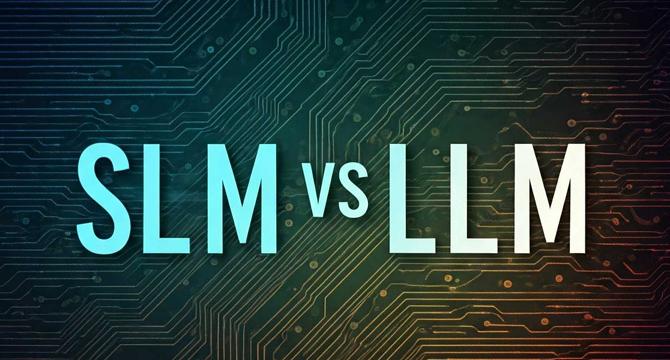Medium
1w
228

Image Credit: Medium
How to Make Small Language Models Outperform Large Language Models Using DSPy!
- To overcome problems that arise when interpreting language models through poorly constructed prompts, DSPy can simplify the process, providing instructions that tell language models what to do rather than how to respond, achieving greater accuracy in outputs.
- DSPy is a comprehensive framework programmed for language models that facilitates the development and optimization of AI systems by focusing on structured programming and optimization techniques.
- This innovative approach enables small language models, equipped with optimized programs through DSPy, to surpass larger models that rely on traditional prompting techniques.
- The approach enhances language model performance in various tasks, demonstrating that programming modules and restricted inputs reduce opportunities for incorrect interpretation, an essential factor in NLU applications.
- The dataset of Astronautics Multiple Choice Questions and Answers was selected to develop LM programs that can understand and generate accurate responses in the astronautical field.
- Several preprocessing steps, including removing unnecessary columns and evaluating and adding correct answers, were taken to refine the dataset for its input into the LM program.
- DSPy provides a framework that can be configured in various language models, making use of OpenAI, Databricks, Local LMs, Ollama, and LiteLLM, among others.
- DSPy offers a suite of optimizers, including Automatic Few-Shot Learning Techniques, Automatic Instruction Optimization, and Automatic Fine-tuning.
- In the implementation, 'BootstrapFewShotRandomSearch()' from the automatic Few-Shot Learning Techniques employed random search to optimize selection and incorporation of the best few-shot samples from the training set into the LM program.
- Once an LM program is optimized, it can be saved for future inference to ensure quick and accurate access and utilization of its capabilities to perform subsequent tasks.
Read Full Article
13 Likes
For uninterrupted reading, download the app